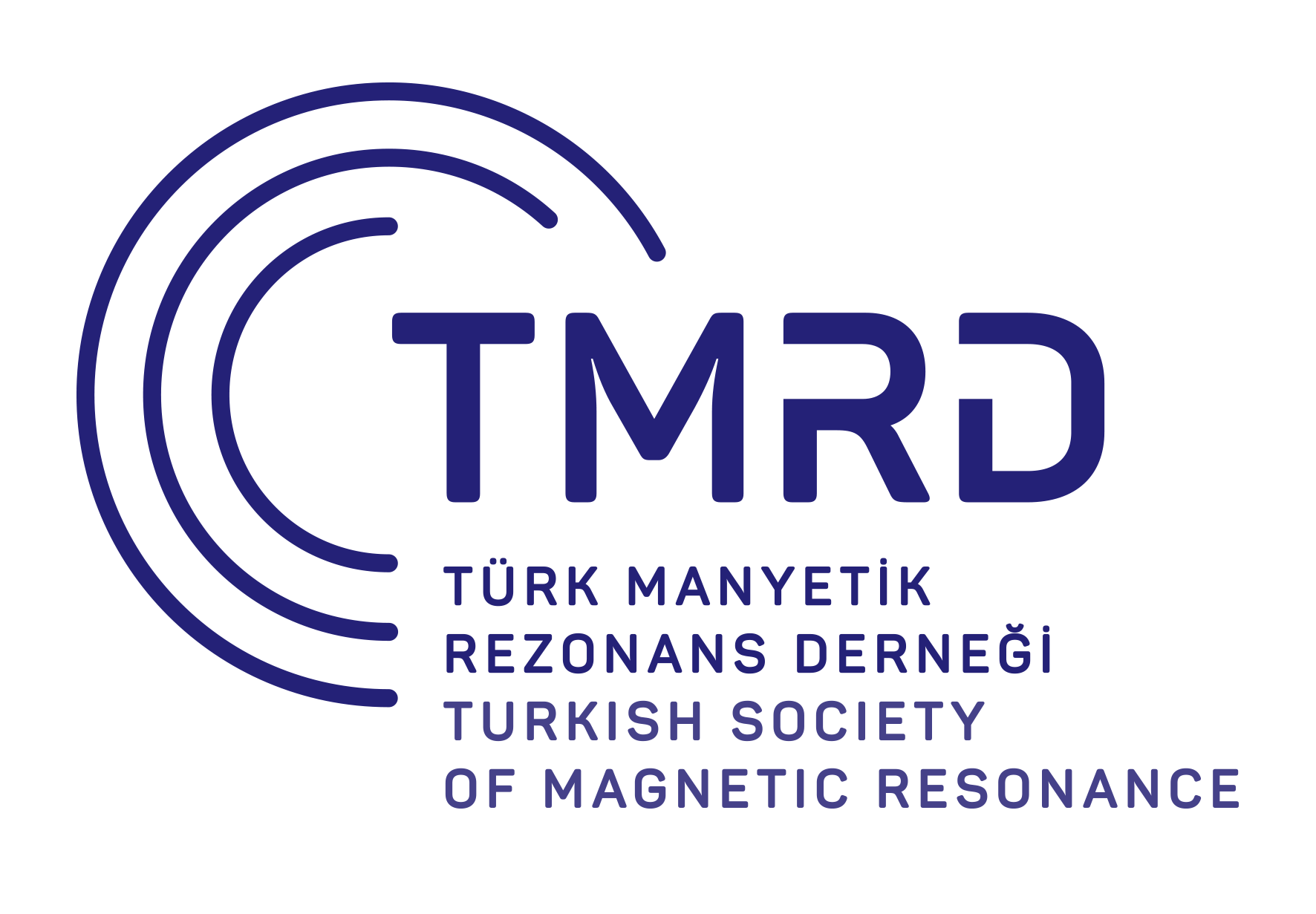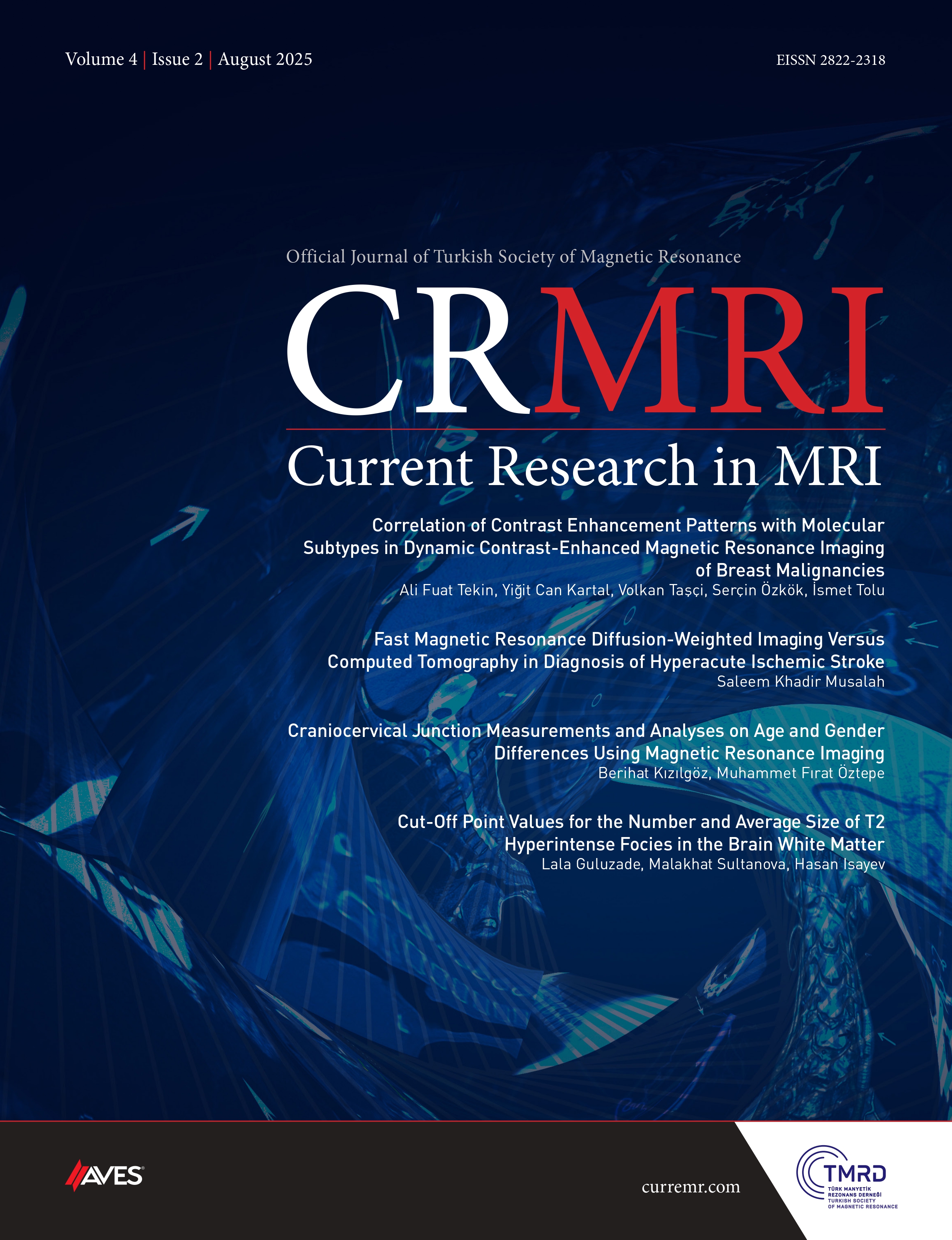Objective: The purpose of this research was verifying the mean values and ranges of powers ratio (PR), atlanto-dental interval (ADI), basion-dens interval (BDI), and basion-axial interval (BAI) which are critical measurements to evaluate atlantooccipital and atlantoaxial dissociations which indicate instability of the injuries in these critical regions.
Methods: After exclusions, 184 female, 87 male, a total of 271 patients’ (the mean age was 48.44 ± 14.99) cervical magnetic resonance images were re-assessed regarding the craniocervical measurements. The mean values and SDs of all parameters were presented. All data distribution results of each ratio and interval measurements were presented with boxplot graphics. Each parameter was analyzed regarding gender differences and age.
Results: The mean values of PR, ADI, BDI, and BAI were 0.76 ± 0.07, 1.14 ± 0.61, 5.12 ± 1.74, and 7.41 ± 2.20 respectively. Female and male groups indicated a significant difference regarding ADI and BDI measurements. A significant and negative correlation with ADI and BDI was found regarding age.
Conclusion: Besides the mean values and ranges of the 4 critically important parameters, males had higher ADI and BDI values than females, and age showed a negative significant correlation regarding ADI and BDI measurements according to the results of this investigation. More studies and data from larger series need to be added to the literature to create accurate and valuable meta-analyses that will reveal the normal ranges of these critical values and the effect of age and gender on these parameters.
Cite this article as: Kızılgöz B, Öztepe MF. Craniocervical junction measurements and analyses on age and gender differences using magnetic resonance imaging. Current Research in MRI, 2025;4(2):39-44.



.png)
